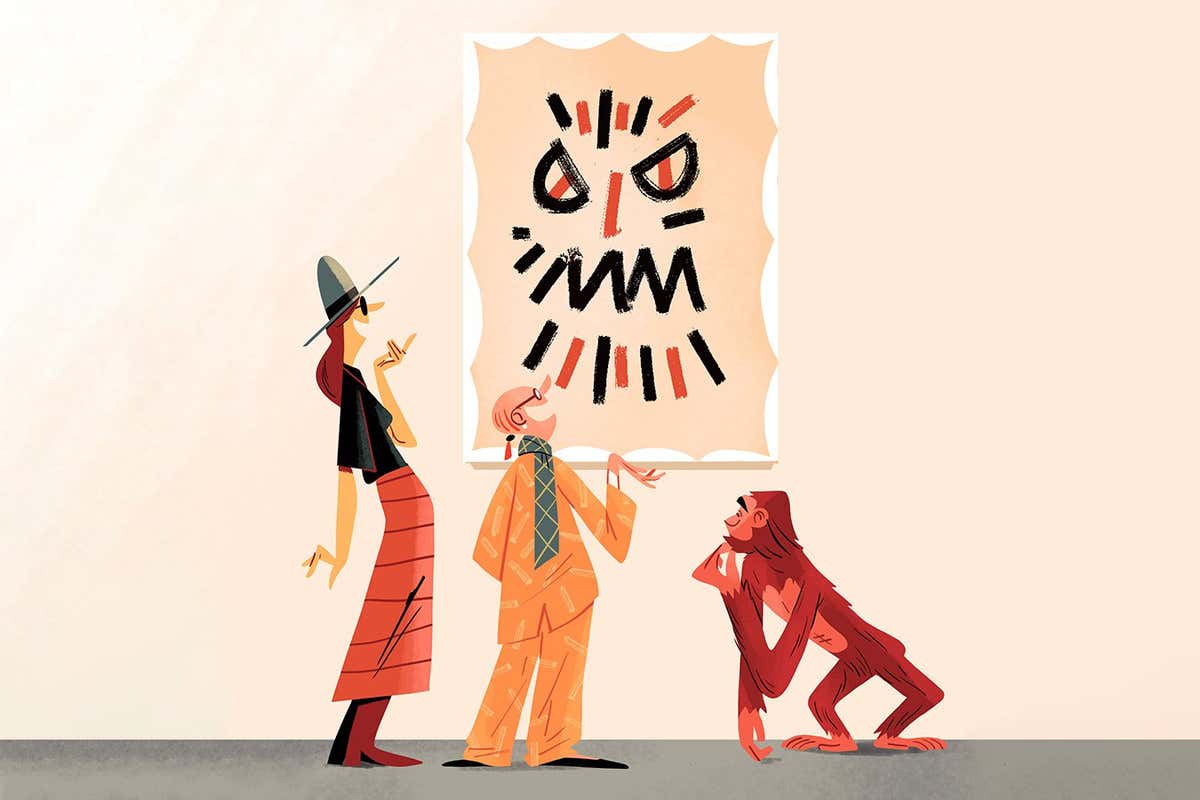
IF YOU have ever marvelled at the accomplishment of Stone Age cave artists, you are in good company. In 1940, on visiting Lascaux cave in southern France, Pablo Picasso supposedly said: “Since Lascaux, we have invented nothing.” Perspective, movement, impressionism, abstraction, pointillism – it is all there. And these artworks are some 17,000 years old.
Picasso’s remark may be apocryphal. It was certainly premature. In 1994, hundreds of paintings twice the age of those at Lascaux were discovered at Chauvet cave, also in France. The Chauvet paintings are, quite simply, stunning: prowling lions and galloping horses are captured so vividly that the remote Stone Age world becomes almost tangible. Even more astonishingly, this art was created shortly after the dawn of the “cultural explosion”, an event archaeologists have long recognised as marking a surge in creativity that seems to have come out of nowhere. How could these first artists have already been so good?
We now have an answer: the Chauvet artists weren’t the first. Discoveries in recent decades have shattered the assumption that art was invented by our species some 40,000 years ago. Instead, we have increasingly compelling evidence of artistry in other ancient hominins.
Needless to say, this challenges our beliefs about who invented art. But it does more besides. It offers an insight into our forerunners’ appreciation for aesthetics and the value they placed on objects that seem, at first glance, unnecessary for survival. In so doing, it also provides tantalising hints that art has been a vital component of hominin life for millions of years.
To say that humans are the only living artists…